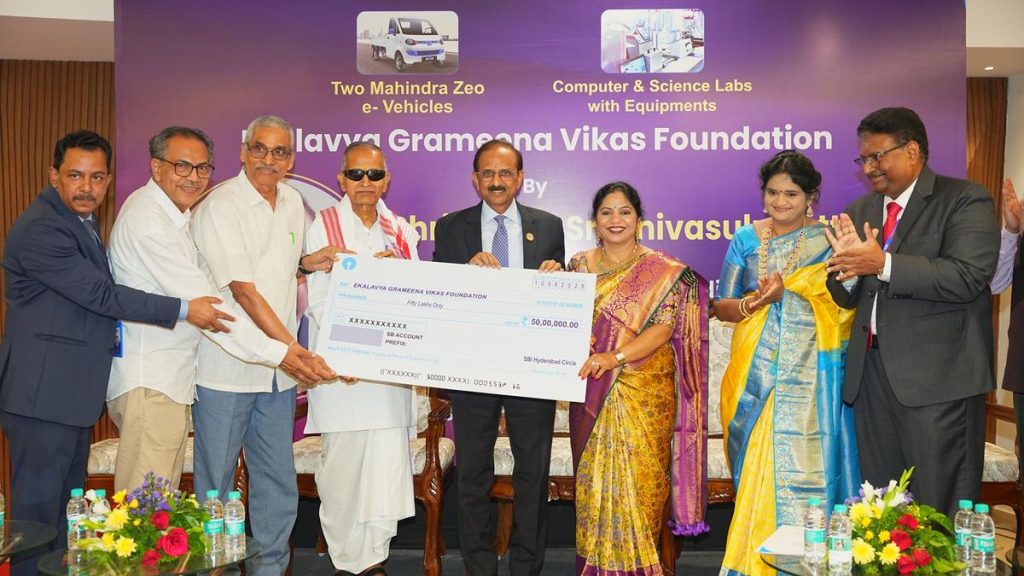Now Reading: 51 Anganwadis in Ernakulam Await Fitness Clearance
-
01
51 Anganwadis in Ernakulam Await Fitness Clearance
51 Anganwadis in Ernakulam Await Fitness Clearance
Quick summary
- Fitness Certification Delays: 51 anganwadis in Ernakulam district are yet to receive fitness certificates, attributed to delays caused by the transfer and posting of assistant engineers.
- Cobra Incident: A cobra was discovered inside an anganwadi in Karumaloor panchayat, exposing infrastructural vulnerabilities.Repairs (such as replacing a window pane and covering air holes) have been made since than.
- Safety Concerns:
– Unsafe surroundings like dense vegetation and precarious trees were noted as hazards in some anganwadis.- Approximately 600 anganwadis lack their own buildings, operating from rented or local body-provided spaces with frequent safety and infrastructural issues. In urban areas like Kochi, finding suitable premises is challenging due to uniform rent rates that do not account for higher costs.
- Worker Compensation & Hiring Rules:
– Anganwadi workers earn ₹13,000 monthly; helpers make ₹9,000. Stringent and outdated recruitment rules complicate hiring helpers.
Indian Opinion Analysis
India’s extensive network of anganwadis plays a critical role in early childhood care but faces pressing infrastructure challenges. The delayed fitness certification process highlights administrative inefficiencies that coudl compromise the safety of these facilities. Even though interim solutions-like additional audits every three months-are commendable, they address symptoms rather then root causes such as inadequate funding for infrastructure or staff wages.
The recent cobra incident underscores the urgent need for better maintenance protocols and safer locations for these centers. Dedicated government-backed land allotments might help overcome space constraints faced especially in urban areas like Kochi.
Additionally, worker pay scales reflect broader systemic undervaluation despite their crucial societal contributions. Revisiting archaic hiring rules may streamline operations but must be coupled with equitable remuneration to ensure enduring improvements.






















